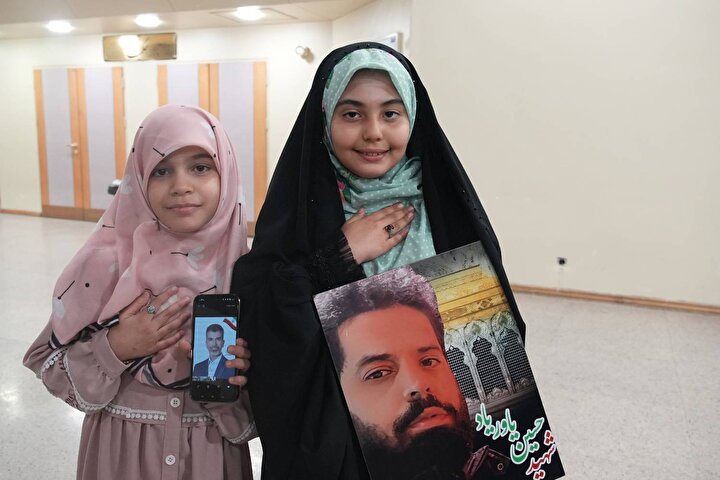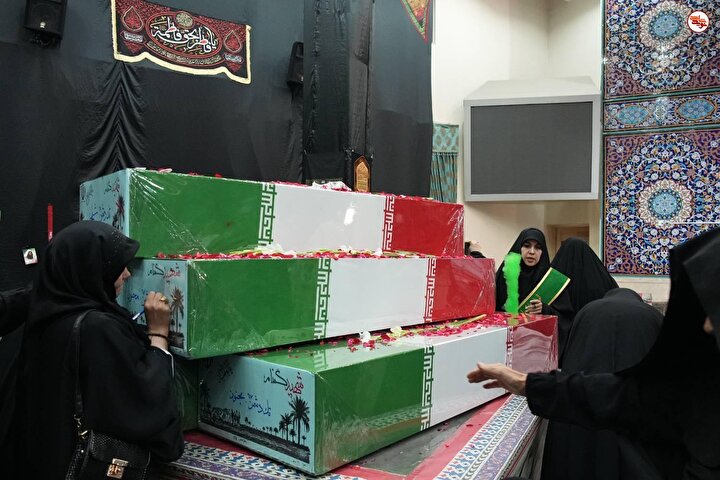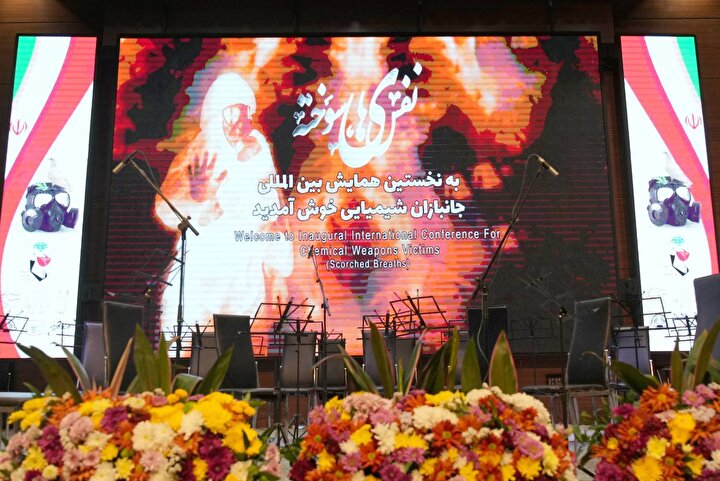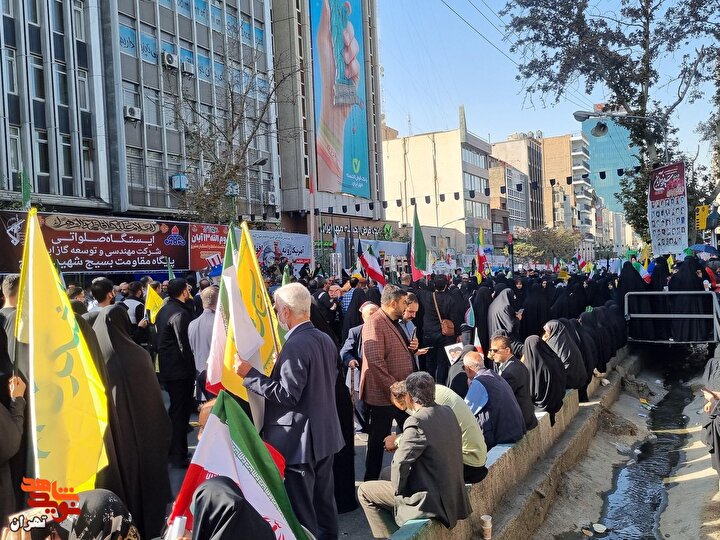
Senior Cleric Calls on US to Apologize
Navideshahed: The US should apologize for spying on Iran instead of asking for the return of its drone, Tehran's provisional Friday Prayers Leader Ayatollah Mohammad Emami Kashani said on Friday.

"According to the international rules, this has been an aggression against our country's territorial integrity", therefore, if Americans claim that the plane has come to Iran by mistake, "they should extend their apology" to Iran, Emami Kashani said during his second sermon on Tehran University Campus here today.
He said the aircraft is a spy drone and its flight in Iranian sky was an obvious crime.
"The demand on Iran to return this spy plane to the US is rooted in their (Americans') arrogant nature and is a shameless and rude demand," he said, and added, "They should apologize to the Islamic Republic of Iran and ask for the Iranian nation's pardon."
After days of silence, US President Barack Obama on Monday asked Tehran to return the spy drone that was downed in Eastern Iran on December 4.
"We have asked for it back. We'll see how the Iranians respond," Obama said following a meeting at the White House with Iraqi Prime Minister Nouri al-Maliki.
Obama's comments were the first official confirmation that the United States had asked for the return of the RQ-70 drone that was downed by Iran over a week ago.
During the last ten days, Pentagon and State Department officials have repeatedly said they were unaware of any efforts by the American government to contact Iran to have the drone returned to the US.
A senior commander of Iran's Islamic Revolution Guards Corps (IRGC) said on Sunday that Iran would not send the drone back.
"This is not only an intelligence victory for us, but a defeat for our enemies," the commander said.
Obama did not say how US officials asked Iran to return the drone, since there are no diplomatic relations between the two countries.
Most probably, the request was made through the Swiss ambassador in Tehran, who represents American interests here in the absence of a US embassy.
Officials say the RQ-70 drone was flying a mission for the CIA over Iran at the time that it was downed by an Iranian cyber attack.
Publicly, American officials have remained tight-lipped about the drone's mission and have not strayed beyond a vague statement issued by coalition military forces in Afghanistan shortly after Iranian state-run media showed the US drone.
Iran announced on December 4 that its defense forces had downed the aircraft through a sophisticated cyber attack.
The drone is the first such loss by the US. The White House officials have described the loss of the aircraft in Iran as a setback and a fatal blow to the stealth drone program.
The US media revealed last Thursday that Pentagon and the CIA considered several options on how to retrieve or destroy the drone, including sending a cross-border commando raid and delivering an air strike to destroy it.
However all were deemed too risky, since Tehran would consider such an operation an act of war, should it be discovered.
"No one warmed up to the option of recovering it or destroying it because of the potential it could become a larger incident," an unnamed official told the Washington Post last Thursday.
The RQ-170 has special coatings and a batwing shape designed to help it penetrate other nations' air defenses undetected. The existence of the aircraft, which is made by Lockheed Martin, has been known since 2009, when a model was photographed at the main US airfield in Kandahar, Afghanistan.
The unmanned surveillance plane lost by the United States in Iran was a stealth aircraft being used for secret missions by the CIA, US officials admitted earlier this week.
The aircraft is among the highly sensitive surveillance platform in the CIA's fleet that was shaped and designed to evade enemy defenses.
Current and former Washington defense officials said even the US military cannot use such a highly sophisticated stealth aircraft as the country is in relatively short supply and is only flown by the CIA.
The Iranian state broadcaster Thursday evening released the first images of the highly advanced US stealth spy drone.
Commander of the Islamic Revolution Guards Corps (IRGC) Aerospace Forces Brigadier General Amir Ali Hajizadeh appeared on TV last night to explain how Iranian forces downed the United States' highly advanced radar-evading spy drone.
Among the United States' main concerns is that Iran could use an intact aircraft to examine the vulnerabilities in stealth technology and take countermeasures with its air defense systems. Another is that China or other US adversaries could help Iran extract data from the drone that would reveal its flight history, surveillance targets and other capabilities.
The drone was programmed to destroy such data in the event of a malfunction, but it failed to do so. The blow has been so heavy that the US officials do not still want to accept that Iran brought down the plane by a cyber attack. Instead, explanations have focused on potential technical failures. The aircraft cover great distances and depend on satellite links. A lost connection or other malfunction could cause them to turn back home or start automatic explosion.
The End
Source: Fars News Agency
"According to the international rules, this has been an aggression against our country's territorial integrity", therefore, if Americans claim that the plane has come to Iran by mistake, "they should extend their apology" to Iran, Emami Kashani said during his second sermon on Tehran University Campus here today. He said the aircraft is a spy drone and its flight in Iranian sky was an obvious crime. "The demand on Iran to return this spy plane to the US is rooted in their (Americans') arrogant nature and is a shameless and rude demand," he said, and added, "They should apologize to the Islamic Republic of Iran and ask for the Iranian nation's pardon." After days of silence, US President Barack Obama on Monday asked Tehran to return the spy drone that was downed in Eastern Iran on December 4. "We have asked for it back. We'll see how the Iranians respond," Obama said following a meeting at the White House with Iraqi Prime Minister Nouri al-Maliki. Obama's comments were the first official confirmation that the United States had asked for the return of the RQ-70 drone that was downed by Iran over a week ago. During the last ten days, Pentagon and State Department officials have repeatedly said they were unaware of any efforts by the American government to contact Iran to have the drone returned to the US. A senior commander of Iran's Islamic Revolution Guards Corps (IRGC) said on Sunday that Iran would not send the drone back. "This is not only an intelligence victory for us, but a defeat for our enemies," the commander said. Obama did not say how US officials asked Iran to return the drone, since there are no diplomatic relations between the two countries. Most probably, the request was made through the Swiss ambassador in Tehran, who represents American interests here in the absence of a US embassy. Officials say the RQ-70 drone was flying a mission for the CIA over Iran at the time that it was downed by an Iranian cyber attack. Publicly, American officials have remained tight-lipped about the drone's mission and have not strayed beyond a vague statement issued by coalition military forces in Afghanistan shortly after Iranian state-run media showed the US drone. Iran announced on December 4 that its defense forces had downed the aircraft through a sophisticated cyber attack. The drone is the first such loss by the US. The White House officials have described the loss of the aircraft in Iran as a setback and a fatal blow to the stealth drone program. The US media revealed last Thursday that Pentagon and the CIA considered several options on how to retrieve or destroy the drone, including sending a cross-border commando raid and delivering an air strike to destroy it. However all were deemed too risky, since Tehran would consider such an operation an act of war, should it be discovered. "No one warmed up to the option of recovering it or destroying it because of the potential it could become a larger incident," an unnamed official told the Washington Post last Thursday. The RQ-170 has special coatings and a batwing shape designed to help it penetrate other nations' air defenses undetected. The existence of the aircraft, which is made by Lockheed Martin, has been known since 2009, when a model was photographed at the main US airfield in Kandahar, Afghanistan. The unmanned surveillance plane lost by the United States in Iran was a stealth aircraft being used for secret missions by the CIA, US officials admitted earlier this week. The aircraft is among the highly sensitive surveillance platform in the CIA's fleet that was shaped and designed to evade enemy defenses. Current and former Washington defense officials said even the US military cannot use such a highly sophisticated stealth aircraft as the country is in relatively short supply and is only flown by the CIA. The Iranian state broadcaster Thursday evening released the first images of the highly advanced US stealth spy drone. Commander of the Islamic Revolution Guards Corps (IRGC) Aerospace Forces Brigadier General Amir Ali Hajizadeh appeared on TV last night to explain how Iranian forces downed the United States' highly advanced radar-evading spy drone. Among the United States' main concerns is that Iran could use an intact aircraft to examine the vulnerabilities in stealth technology and take countermeasures with its air defense systems. Another is that China or other US adversaries could help Iran extract data from the drone that would reveal its flight history, surveillance targets and other capabilities. The drone was programmed to destroy such data in the event of a malfunction, but it failed to do so. The blow has been so heavy that the US officials do not still want to accept that Iran brought down the plane by a cyber attack. Instead, explanations have focused on potential technical failures. The aircraft cover great distances and depend on satellite links. A lost connection or other malfunction could cause them to turn back home or start automatic explosion. The End Source: Fars News Agency



